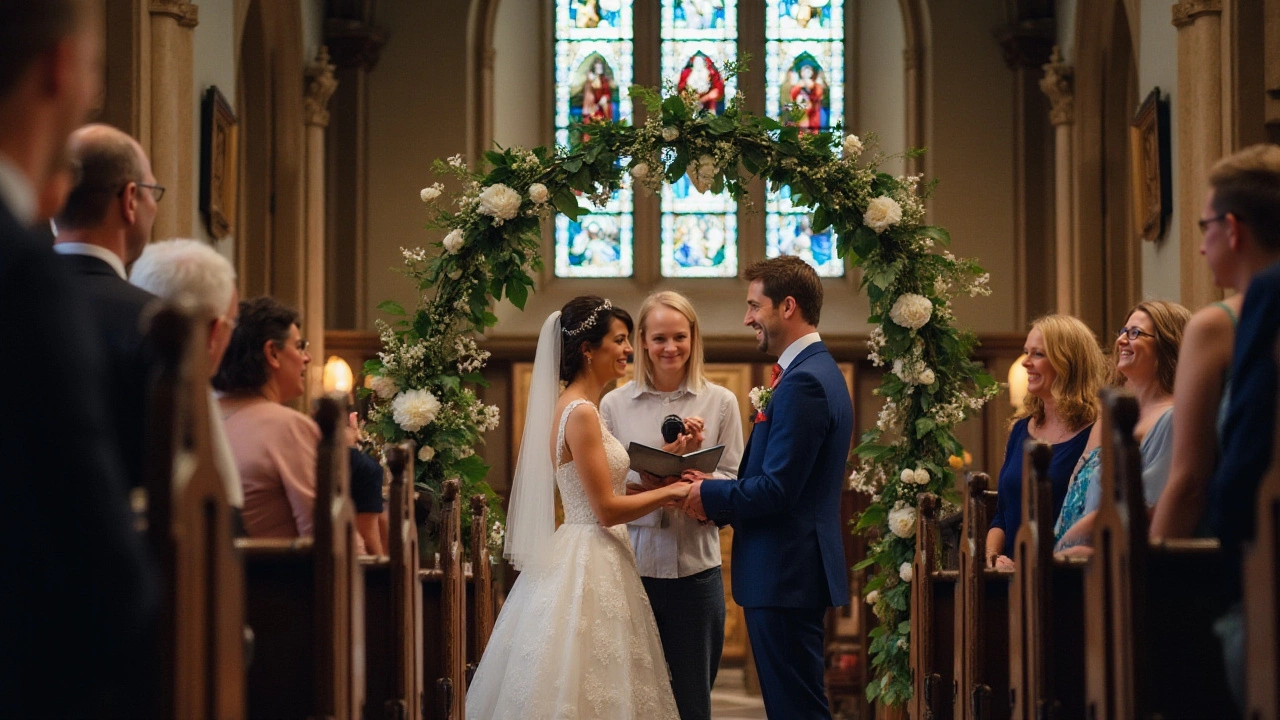Wedding Photography Schedule: How to Book Hours, Choose Shooters & Keep Things Smooth
Planning your wedding day is a marathon, and the photography part often feels like the most important checkpoint. You want gorgeous photos, but you don’t want to spend the whole day chasing the camera. Below you’ll find simple, no‑fluff advice on how many hours to book, when a second photographer makes sense, and how to line up your photo timeline so everything flows.
How Many Hours Do You Really Need?
First, figure out the key moments you can’t miss: ceremony, first look (if you’re doing one), family portraits, and the reception highlights. Most couples find 6‑8 hours covers these bases without burning out the photographer.
- 4‑5 hours: Ideal for an evening wedding where the ceremony and reception are back‑to‑back. You’ll get ceremony shots, some quick family photos, and the party.
- 6‑8 hours: Best for a full‑day event with a separate breakfast/lunch ceremony, a first look, and a longer reception. This gives the photographer enough time for relaxed portraits and candid moments.
- 9+ hours: Only needed if you have multiple venues, a long the‑day schedule, or want extensive coverage of after‑party celebrations.
Ask your photographer for a detailed timeline and a buffer period. A 30‑minute cushion before and after each major segment can save you from rushed shots.
Do You Need Two Photographers?
Two lenses can be a game‑changer, especially for larger weddings. Here’s when it usually pays off:
- Big guest list – Over 150 guests? A second shooter can capture guests from different angles while you’re busy with the couple.
- Multiple locations – If the ceremony is at a church and the reception is in a barn, two photographers can be in both places at once.
- Fast‑moving moments – The first dance, cake cutting, and reception buzz are easier to capture when two people are chasing the action.
If your wedding is intimate (under 100 guests) and you’ve got a solid timeline, one experienced photographer is usually enough. Remember, adding a second shooter will increase the cost, so weigh the benefit against your budget.
Most photographers recommend a primary shooter for the main story and a second shooter for candid overflow. Ask for sample galleries that show both styles before you decide.
Now that you know the basics, let’s put it together into a quick schedule you can adapt:
- 8:00 am – Prep: Photographer arrives for hair, makeup, and getting ready shots.
- 10:00 am – First Look (optional): Private moment captured quickly before guests arrive.
- 11:30 am – Ceremony: Main event. Allocate 30‑45 minutes for the ceremony itself plus 15 minutes for any pre‑ceremony details.
- 12:30 pm – Family Portraits: Aim for 30‑45 minutes. Use a family list to keep things moving.
- 1:30 pm – Cocktail Hour: Photographer captures candid guests while you mingle.
- 3:00 pm – Reception: Key moments – grand entrance, first dance, speeches, cake. Build about 2‑3 hours of coverage here.
- 5:30 pm – Party: Let the photographer roam for fun, candid dancing. If you booked 8 hours, this is the last stretch.
Adjust the times to match your own ceremony start and reception flow. The goal is to give the photographer enough breathing room without leaving any major moment unrecorded.
Need more detail? Check out our related posts: “How Many Hours Should You Book Your Wedding Photographer?” for a deep dive on timing, “Do You Really Need Two Photographers for Your Wedding?” for cost‑vs‑benefit analysis, and “How Many Wedding Photos Do You Really Need?” for expectations on deliverables.
With a clear schedule, the right number of hours, and a decision on one or two shooters, you’ll walk into your wedding confident that every smile, tear, and dance move is in good hands.

- Dec, 23 2024
- Comments 0